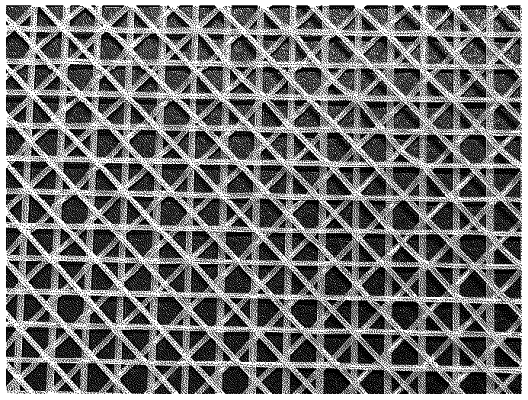| CPC A61L 27/18 (2013.01) [A61F 2/0045 (2013.01); A61F 2/0063 (2013.01); A61F 2/12 (2013.01); A61L 17/06 (2013.01); A61L 17/105 (2013.01); A61L 17/12 (2013.01); A61L 27/54 (2013.01); A61L 27/56 (2013.01); A61L 27/58 (2013.01); A61L 31/06 (2013.01); A61L 31/146 (2013.01); A61L 31/148 (2013.01); C08L 65/00 (2013.01); C08L 67/00 (2013.01); D02G 3/045 (2013.01); D02G 3/448 (2013.01); D02G 3/449 (2013.01); A61F 2002/0068 (2013.01); A61F 2220/0016 (2013.01); A61F 2240/002 (2013.01); A61F 2250/0067 (2013.01); A61L 17/005 (2013.01); A61L 27/48 (2013.01); A61L 31/16 (2013.01); A61L 2300/404 (2013.01); A61L 2300/416 (2013.01); A61L 2430/04 (2013.01); A61L 2430/34 (2013.01); A61L 2430/38 (2013.01); D10B 2331/04 (2013.01); D10B 2401/063 (2013.01); D10B 2509/04 (2013.01)] | 35 Claims |

|
1. A surgical mesh implant comprising a polymeric composition, wherein the polymeric composition comprises a 1,4-butanediol unit and a succinic acid unit, wherein: (a) under physiological conditions in vivo: the weight average molecular weight of the polymeric composition decreases 3% to 15% over a 4-week time period, the weight average molecular weight of the polymeric composition decreases 20% to 35% over a 12-week time period, or the percent mass loss of the surgical mesh implant is between 0% and 5% over a 12-week period, or (b) the burst strength of the surgical mesh implant decreases less than 20% at 4 weeks, or less than 35% at 12 weeks; and wherein the surgical mesh implant is sterile.
|